It's not often that historic and modern architecture come together.
But that is what has happened in Port Chalmers, where a modern administration building has been wrapped around a heritage museum.
The Port Otago offices, completed last year, have a contemporary exterior fashioned from steel and glass.
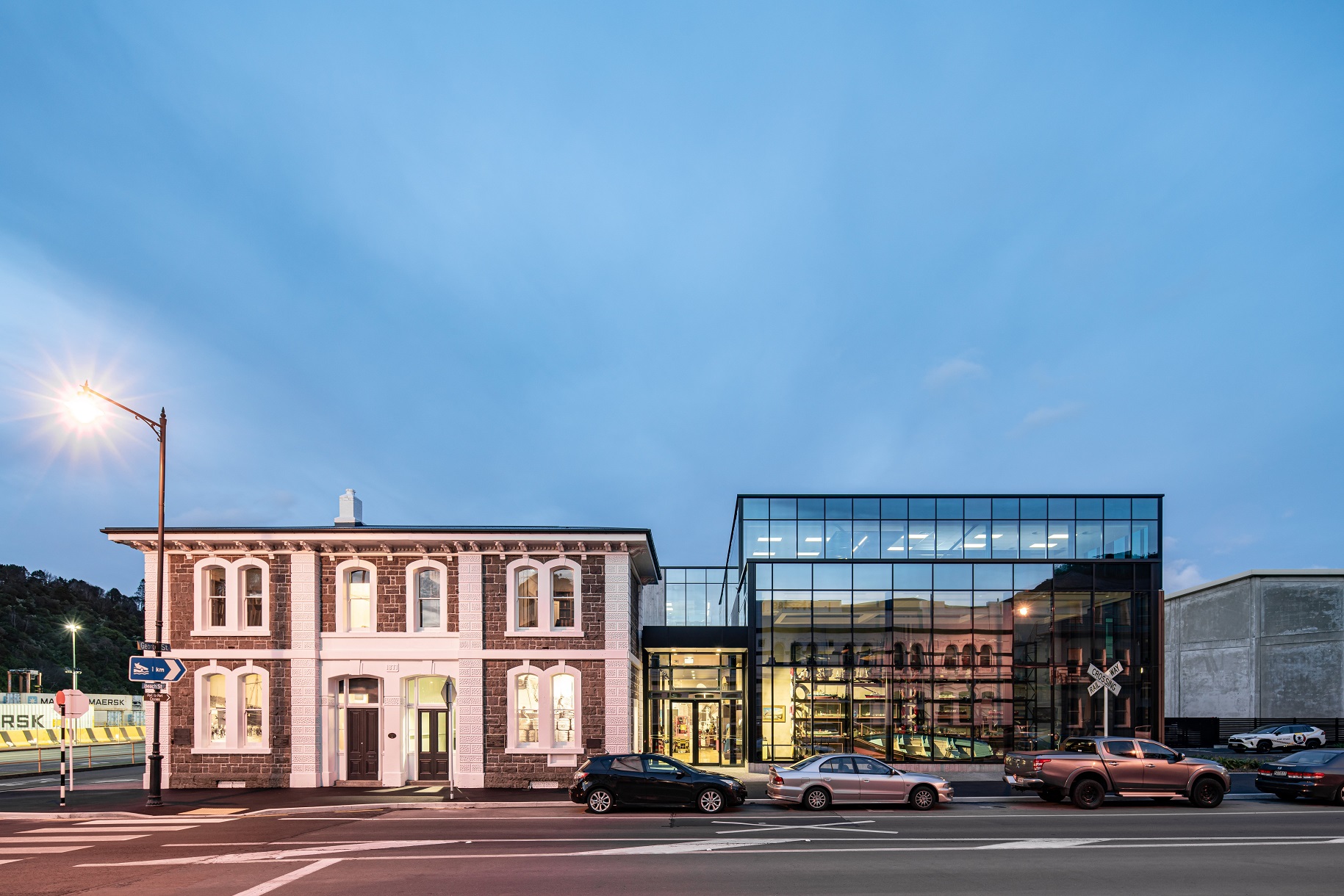
Linked by a glass extension and wide internal laneway, the two buildings are also connected in other ways.
Port Otago has just completed a refurbishment of the historic building after taking over ownership of it from the Port Chalmers Historical Society.
Designer Kieran Cooper said it was important when planning the new 2000sq m Port Otago building that the museum remained the focalpoint.
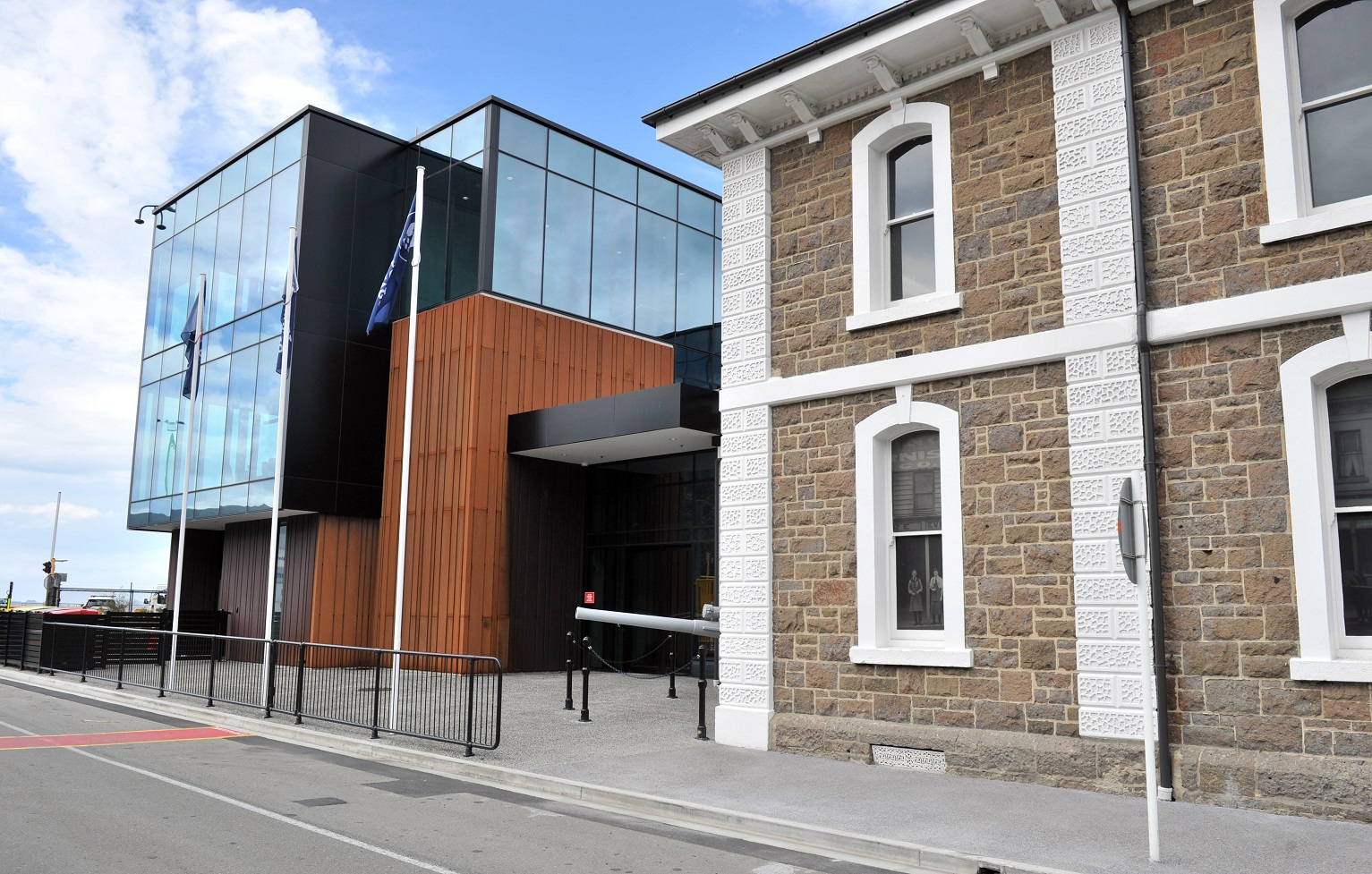
Port Otago’s Jodi Taylor, who led the project, felt this was one of its biggest successes.
"If you come down George St, you can’t help but see the port and the big cranes, but you actually see the museum before you see the Port Otago building ... The museum is the hero."
Another highlight was a new elevated viewing space where members of the public could look out over the port, she said.
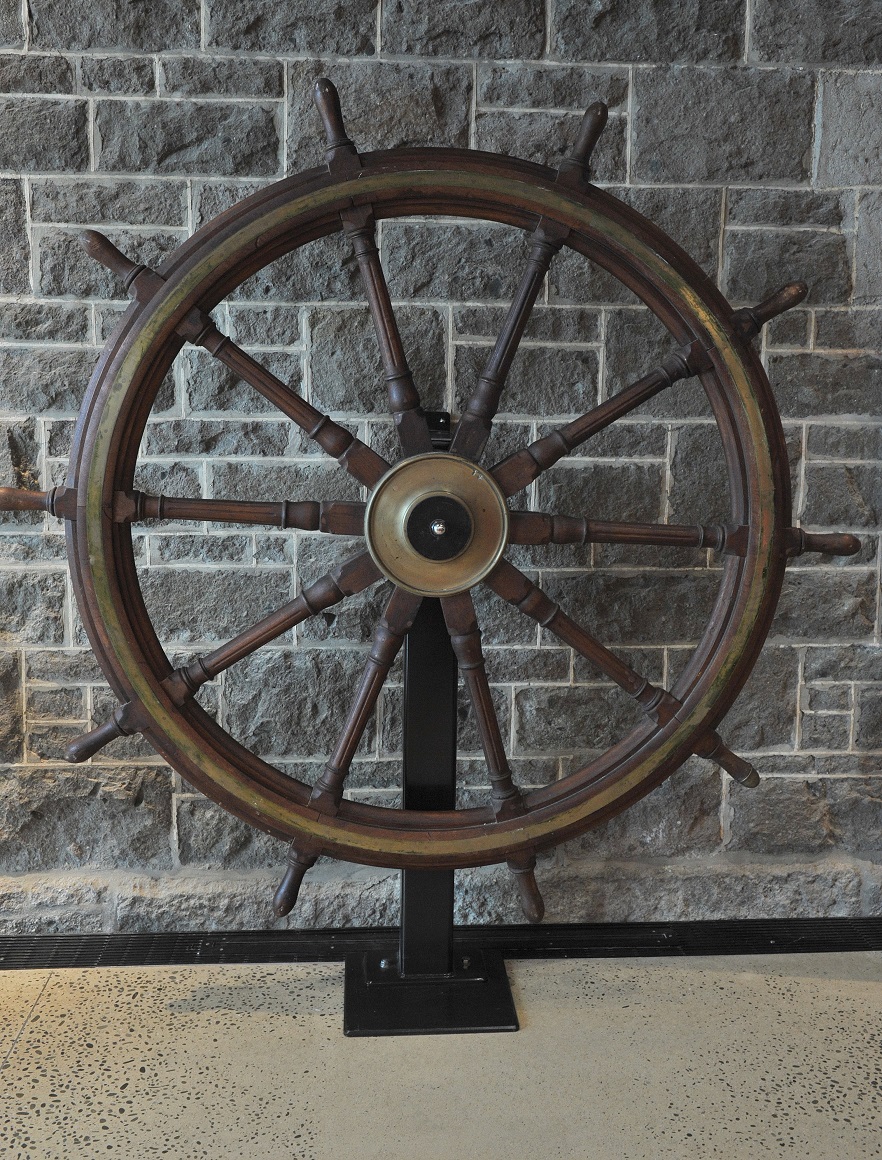
"This is our way of making it a bit more open again."
As part of the three-year, $19.6 million project, the port’s old administration building, known as "the glass house", was demolished and a boat shed addition at the back of the museum was moved to Dunedin to become a terminal for smaller cruise vessels.
Earlier this week, museum volunteers were putting the finishing touches to displays, eager to see the doors opened for the first time in 18 months.
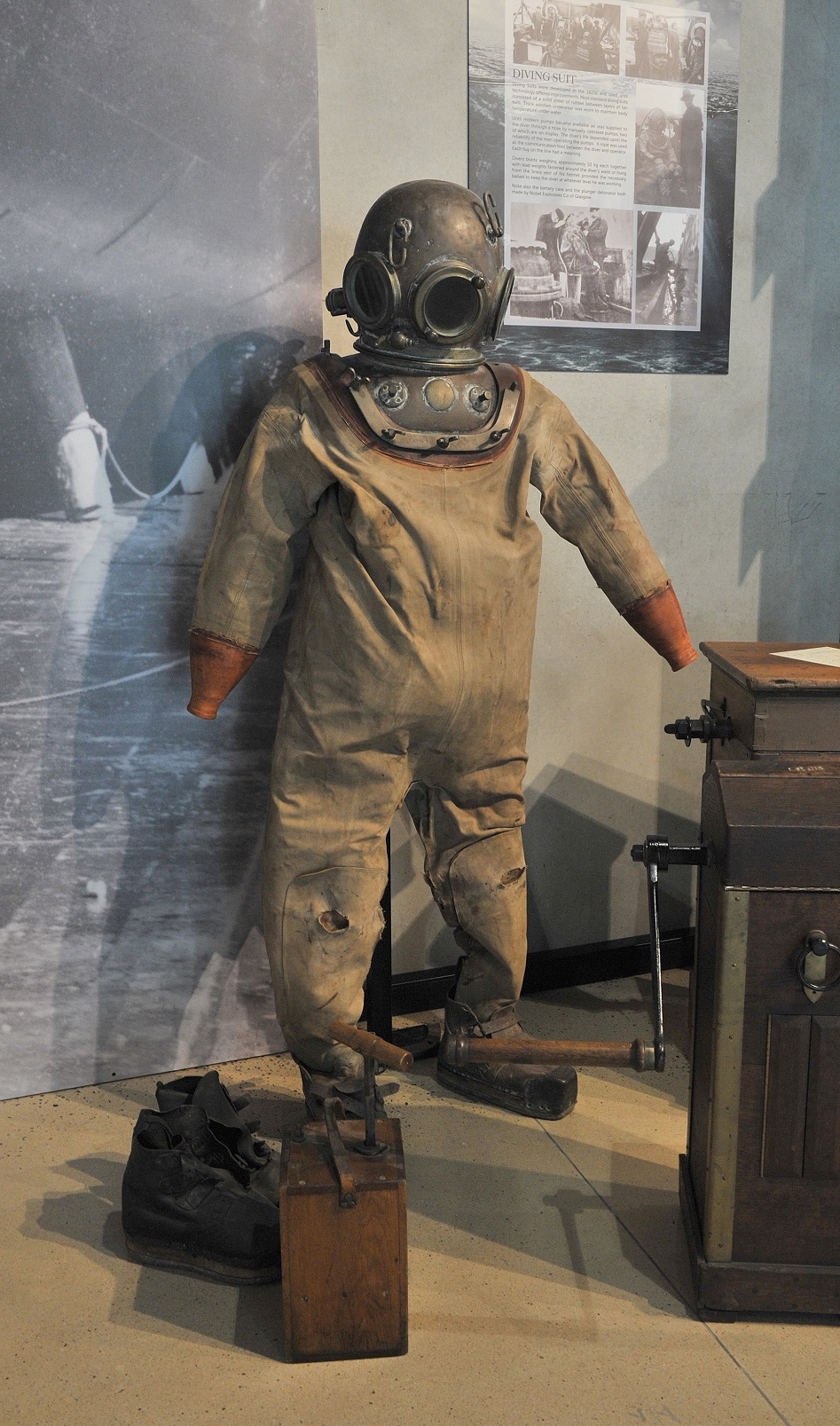
The category 1-listed building with internal stone walls had already been earthquake-strengthened by the historical society.
During the refurbishment, workers replaced the roof and spouting, relined internal walls, removed a mezzanine floor that could only be reached by stairs, re-glazed the light well, or lantern, in the main gallery and added a ramp to make the building fully accessible.
The museum displays were also refreshed with the help of museum consultants ObjectLab.
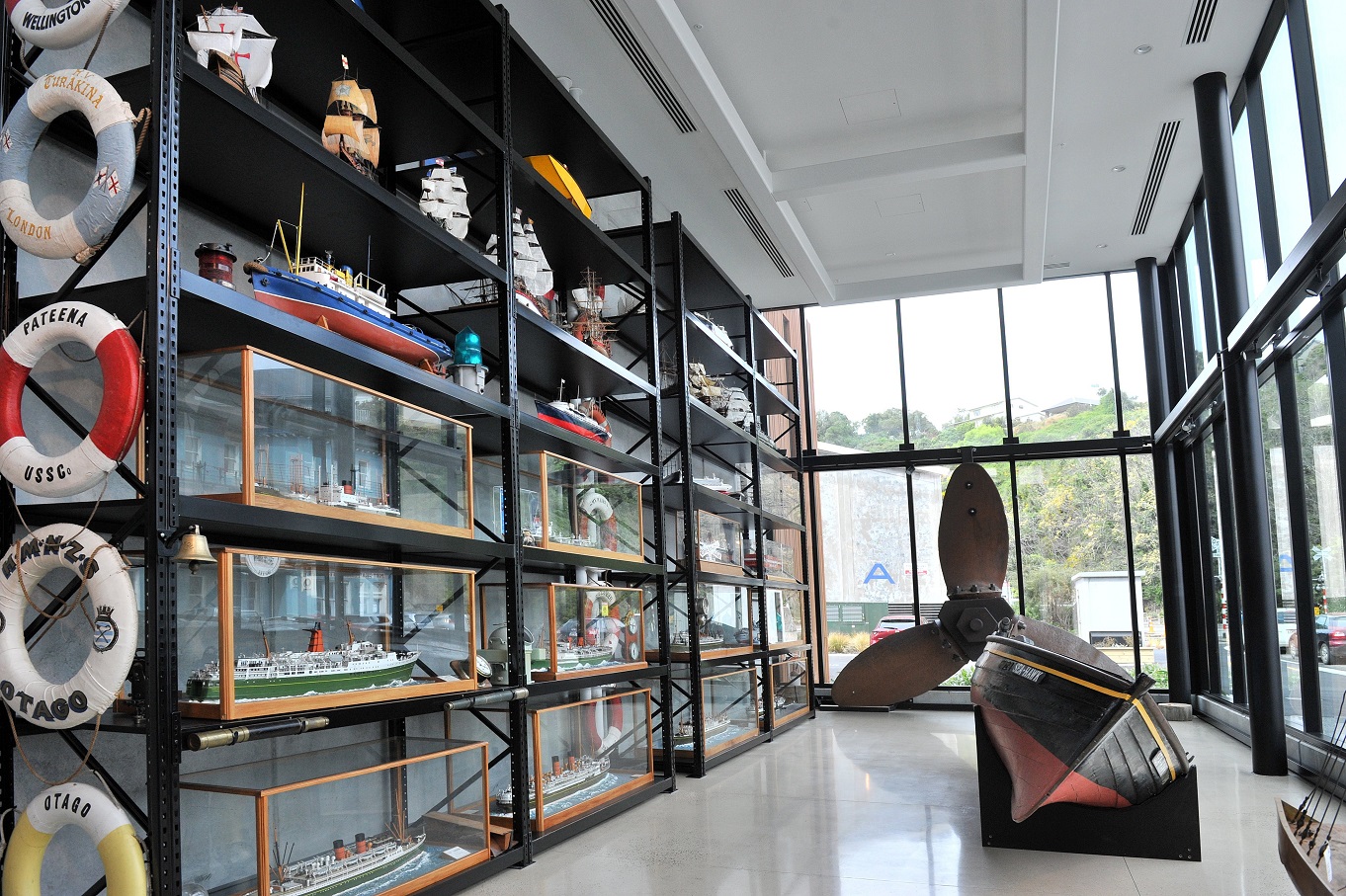
To make way for the builders, more than 25,000 photos and books had to be moved from the first floor to the ground floor, then back again.
Almost 12,500 other items were shuffled from room to room on the ground floor or put into temporary storage.
Some objects had been kept in boxes for years because the museum did not have enough space to display them or did not know how best to present them, Miss Jack said.
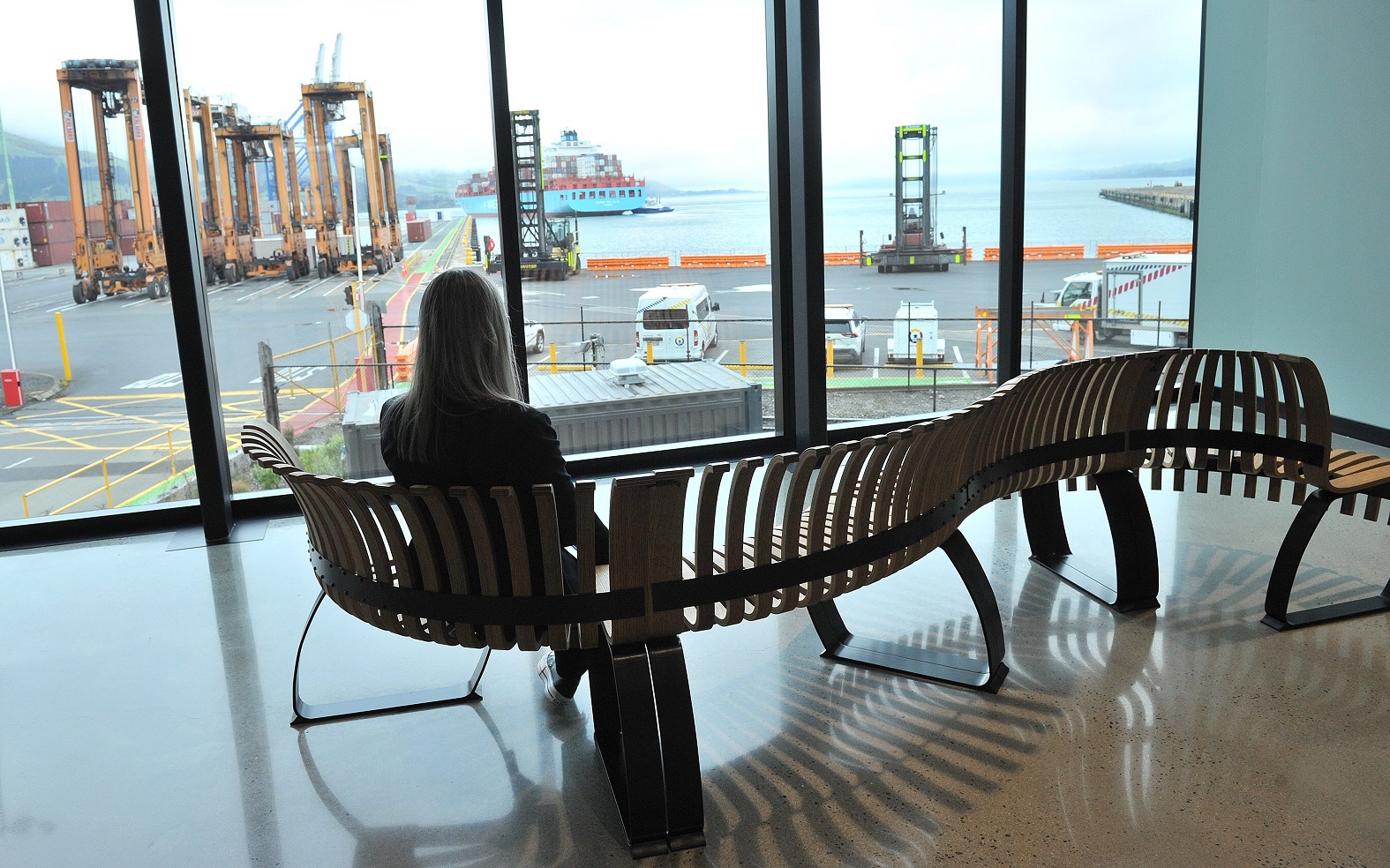
The glass extension and laneway — which provide an additional 390sq m of display space — contain a 5m-high "wall of ships" and a series of photos, artefacts and information based on each letter of the alphabet.
The Union Steam Ship Company shield displayed on one wall was the inspiration for the museum’s interior colour scheme.
Dubbed "the southern octopus", the company ran ships, airlines, a hotel, printing works and a coal business and was once New Zealand’s largest private sector employer.
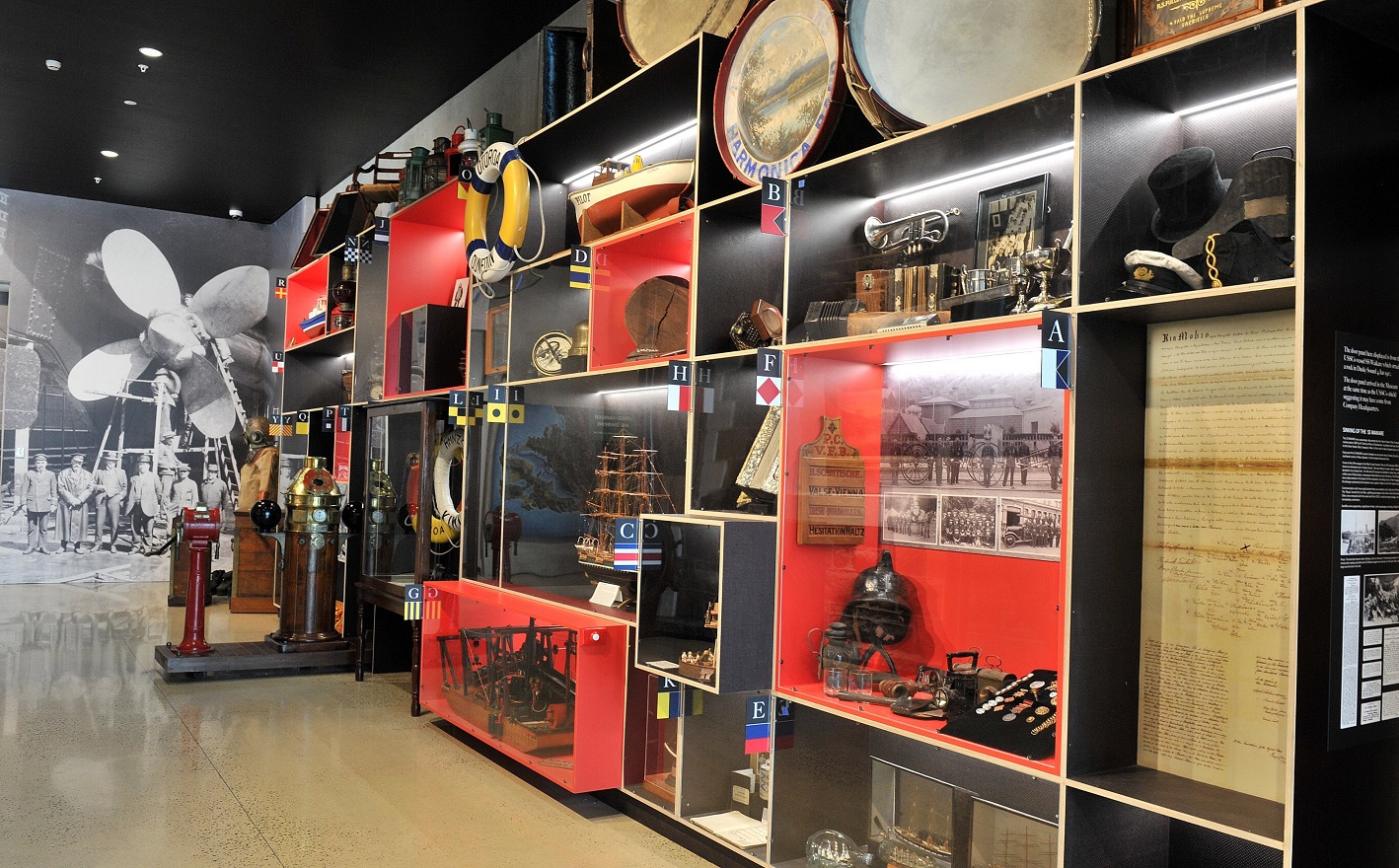
Originally the local post and telegraph office, the two-storey building included accommodation for the postmaster and his family.
The museum moved in in 1987 and still uses the original vault to store important documents.
Mr Cooper was appointed by Calder Stewart as part of its design and build team for the project. He said the structure was in reasonable condition, but the accessibility and visitor experience needed an update.
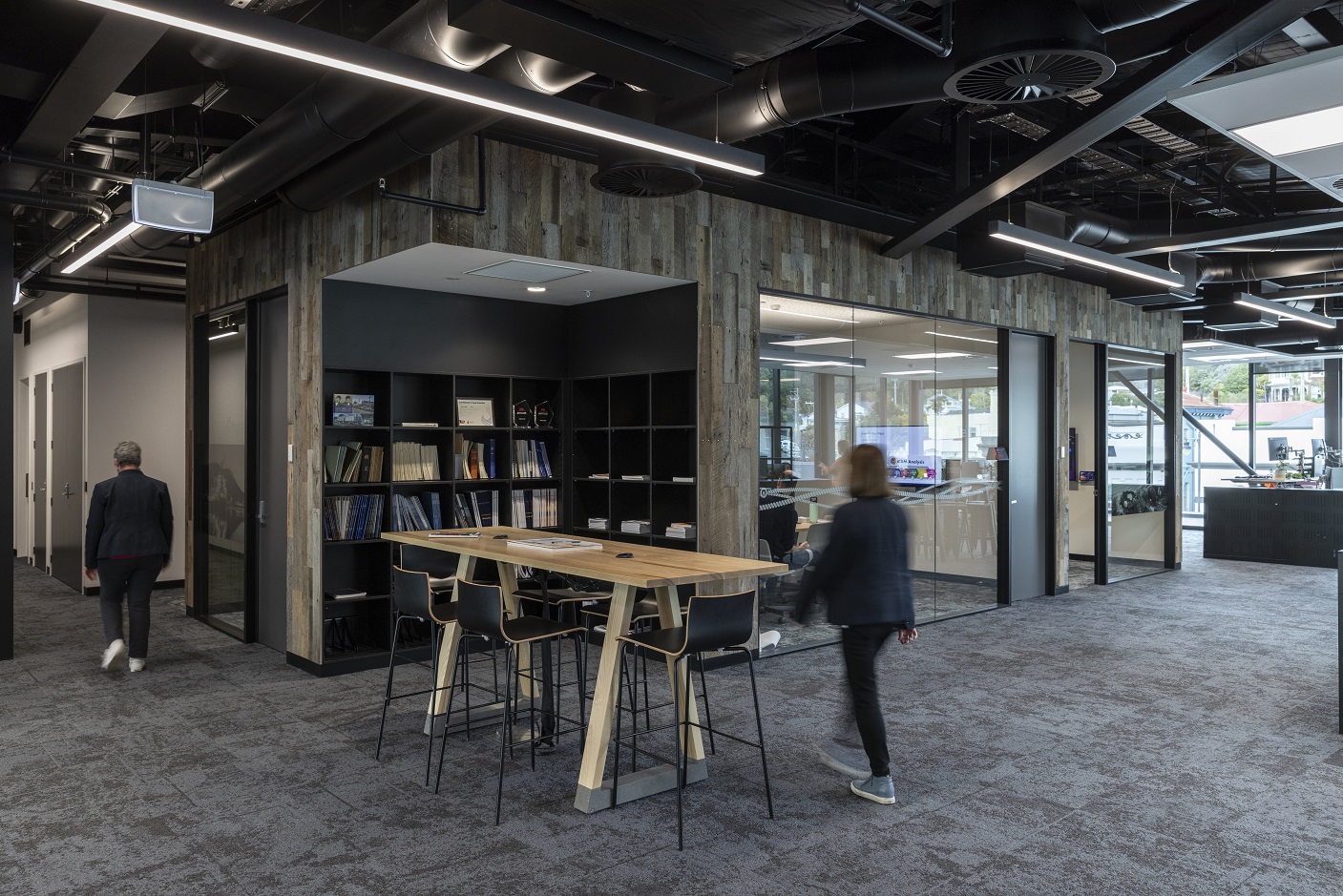
Meanwhile, the new glass extension to Beach St was designed to capture the interest of passersby and draw them in.
Materials used in the new "Port Otago Annexe" grounded the development in its surroundings, Mr Cooper said.
Corten steel reflected the corrosive atmosphere of the coastal environment, concrete referenced the industrial function of the port and repurposed wharf timber adorned the entrance.
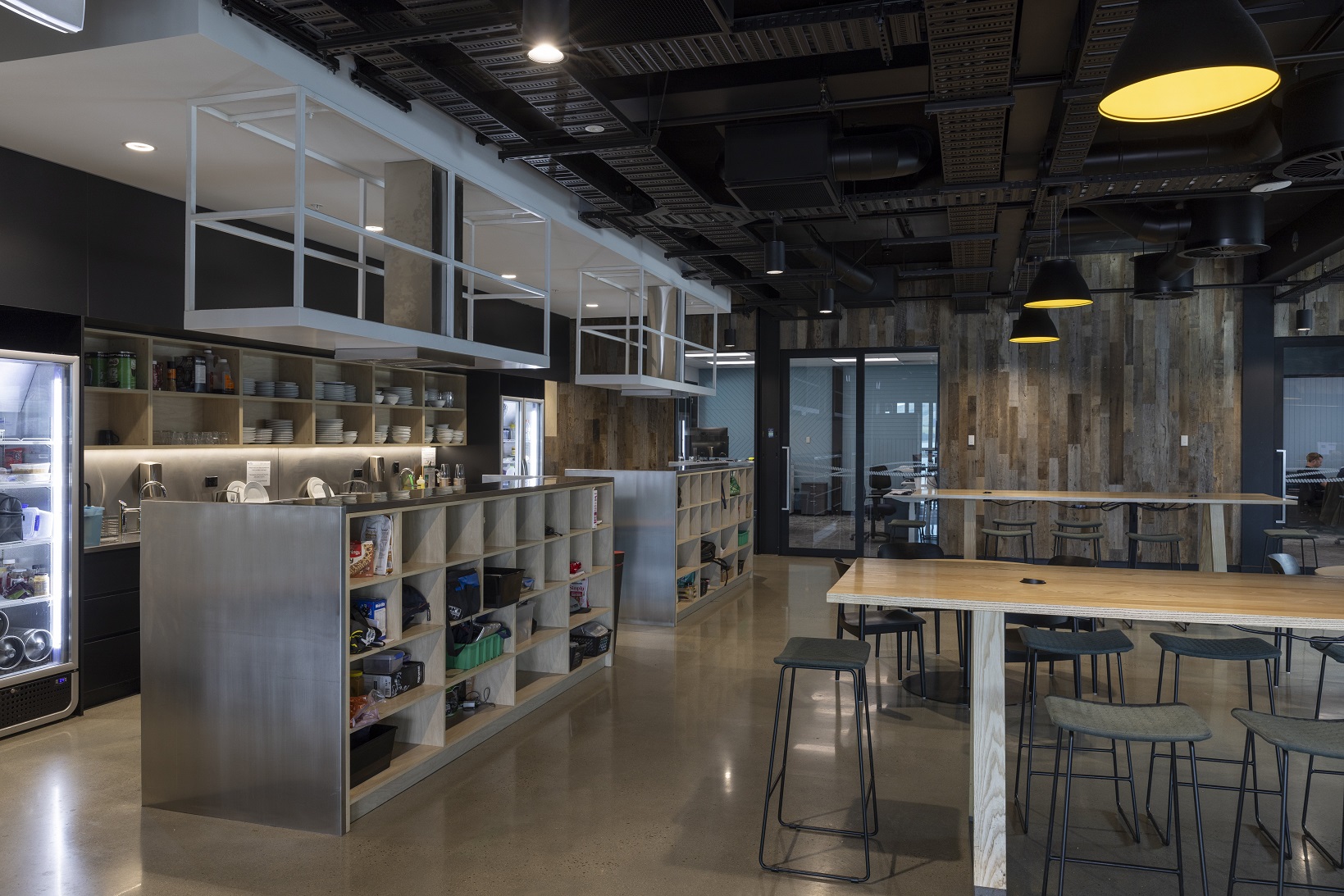
There is also a drying room, where outdoor staff can hang wet clothing, and an area where ship crew who have been to town can wait to be escorted back to the wharves; before, they had to sit in a small gatehouse between the truck lanes.
GHD Design, which was responsible for the interior fit-out, aimed to create a bright, airy environment that was flexible and fostered teamwork, Mrs Taylor said.
"We’ve kept it very open so that everyone gets to enjoy the view and the natural light."
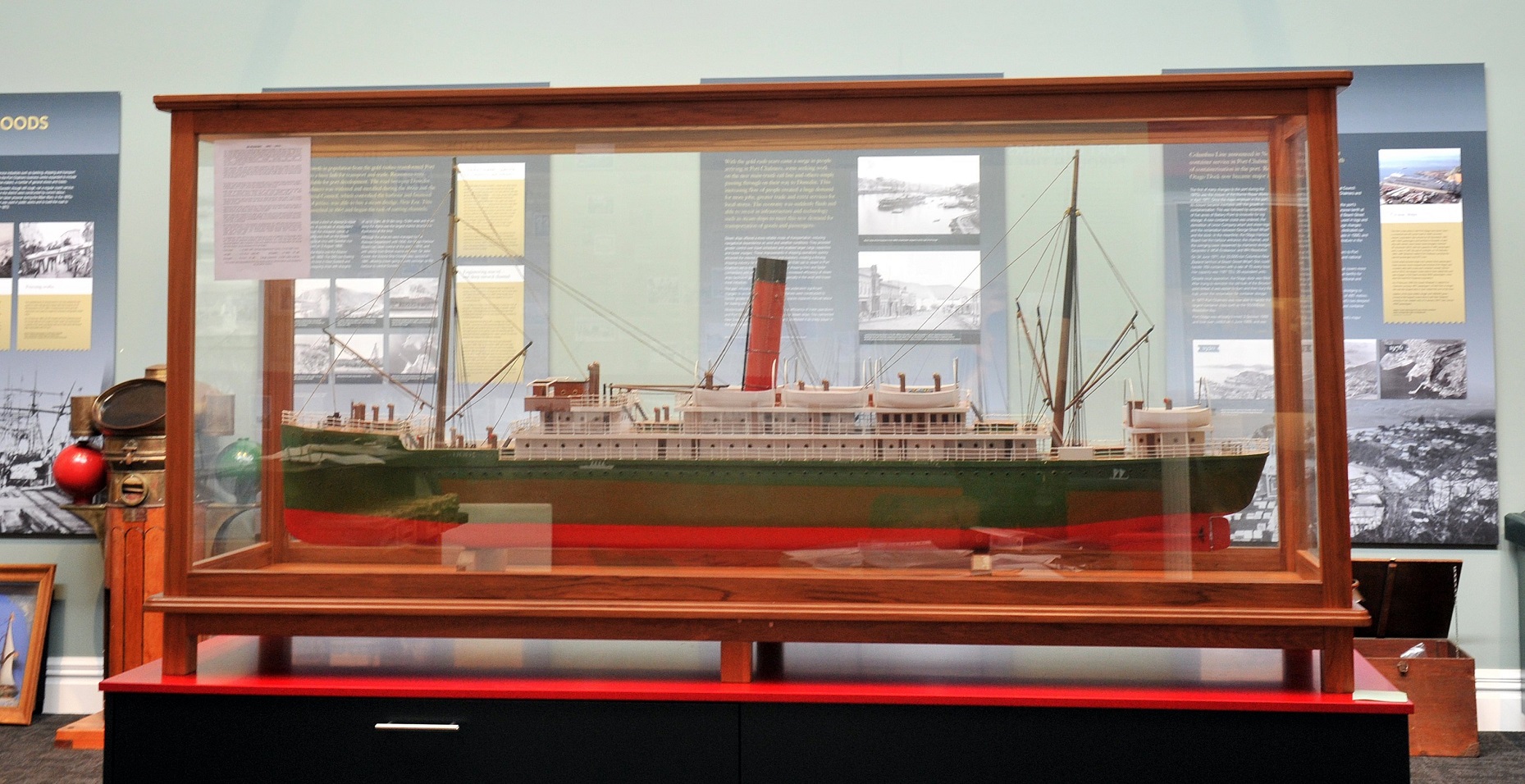
CHECK IT OUT
The refurbished Port Chalmers Maritime Museum will open to the public from noon on Saturday, October 19.
To celebrate 150 years of operations on the Port Otago site, an open day will be held in Port Chalmers on Monday, October 28 (Labour Day) with bus tours, bouncy castles, fishing off the wharf, a behind-the-scenes look inside Port Otago, marine search and rescue demonstrations and crane and tug rides.
To buy tickets, go to www.portotago.co.nz/about/open-day/











